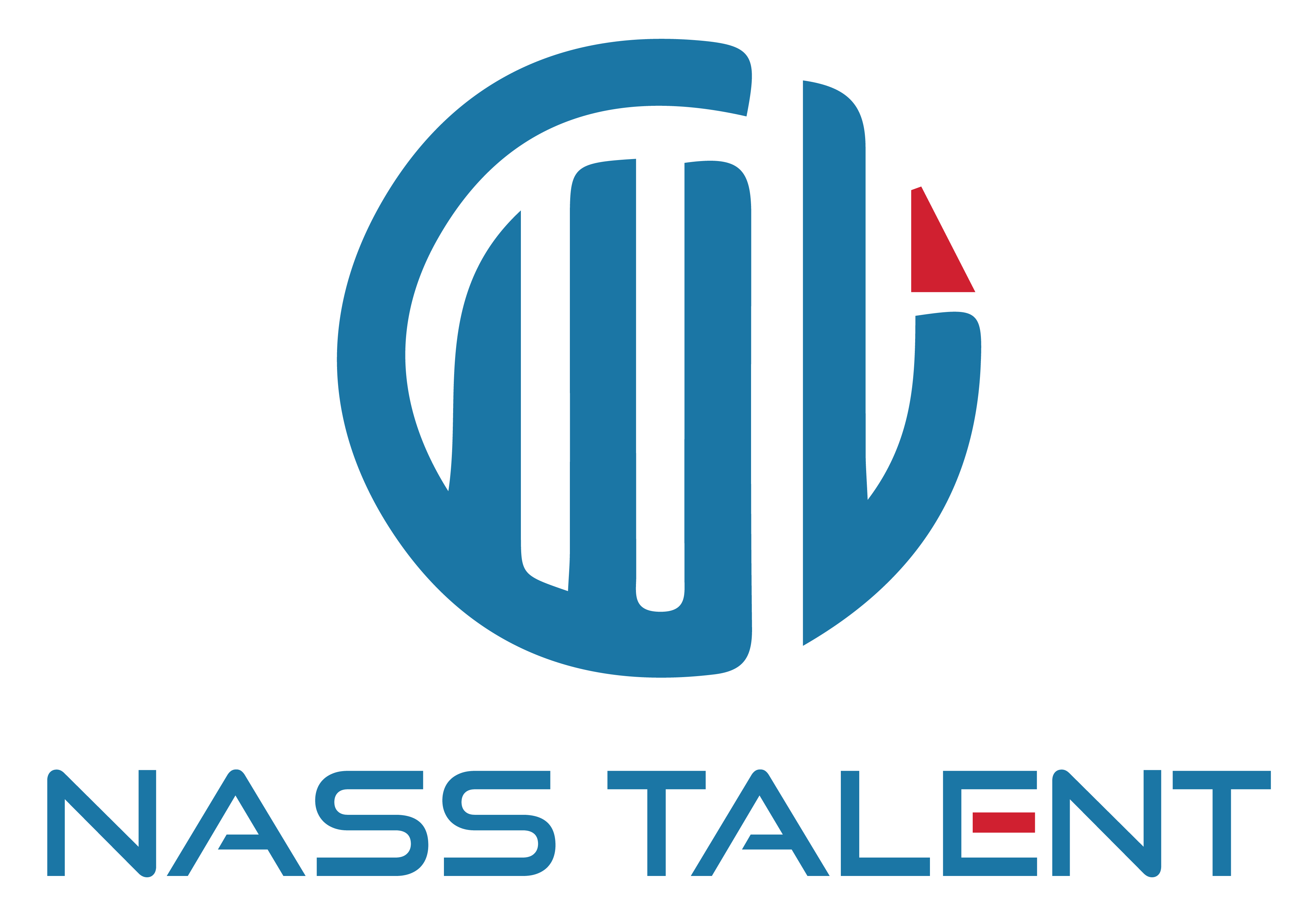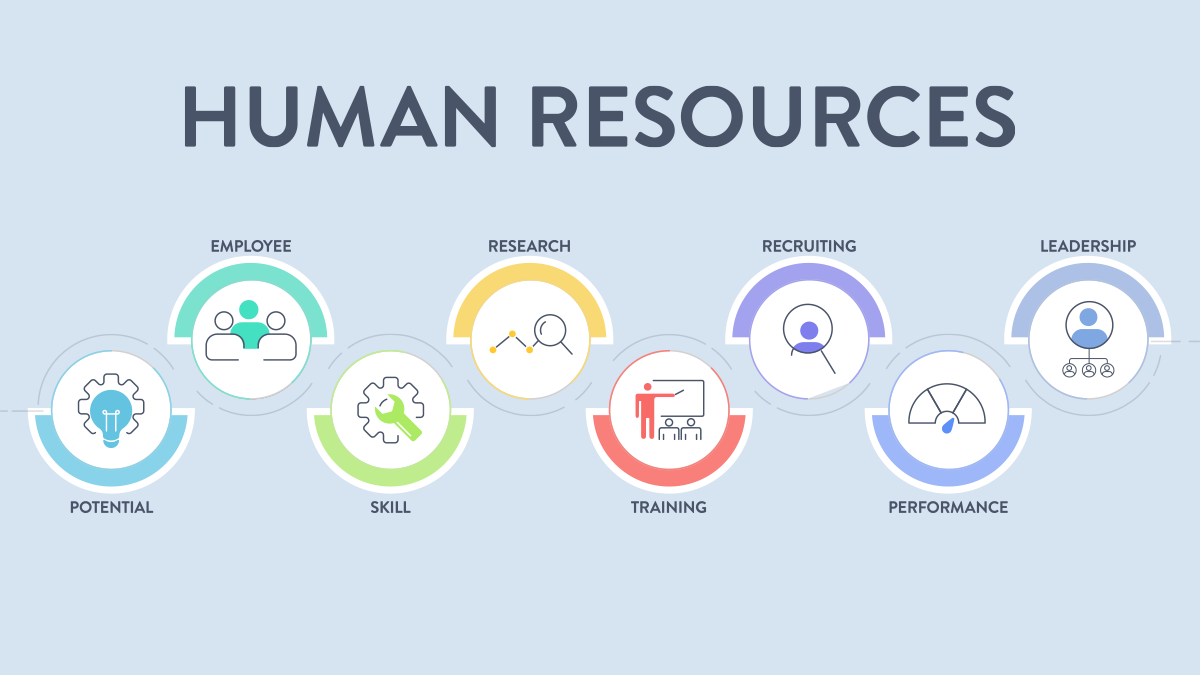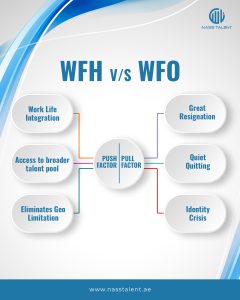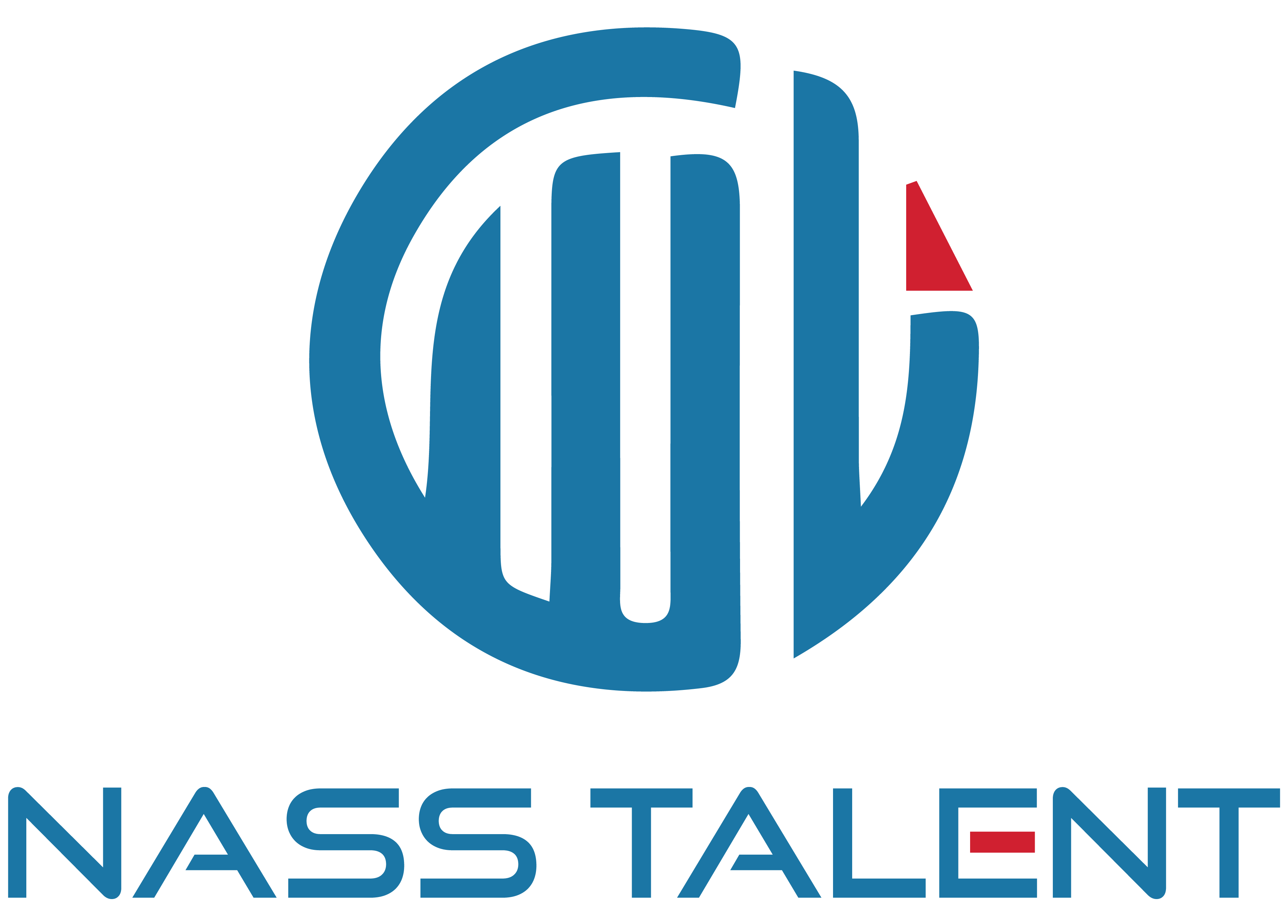How to transform TA from strategic to sustainable?

Talent acquisition is a process of building up talent for an organization through both internal and external sources in accordance with the strategic objectives of the organization. Internal sources comprise the succession pool, employees from within who have been trained and ensured role fit.
Is it so difficult to build talent? If it is so, why? If it is not so, why? These are the debates we are likely to understand through the discussion put forth in this article. Finally we end up giving you 10 tips of transformation from strategic to sustainable TA function.
The question of an organization’s strategy toward its talent building always resonates with attributes such as work culture, market positioning, and work challenges, to name a few. Talent management in an organization is not a straight-line approach or a simple equation model. Rather, it is also not a highly unpredictable and scattered plot model.
Different perspectives of TA:
Organizations cannot predict a talent acquisition model based on the best-in class approach or all-size fit approach (Universalist perspective) which are homogeneous by nature. Internally it is driven by the varied or diverse mix of talents in approaching or solving day to day core issues or operations of the business, and externally it is driven by its approach towards the obligations of different stakeholder groups.
Having said that organizations cannot be squared with universalist perspective, we could not label it with a contingent perspective either. People in organizations, react to a situation or issue based on knowledge, skills and their ability to solve business challenges that occur time to time. It cannot be expected to have a quick fix approach every time to solve problems or to increase competitiveness in business. People need to be ready for it, meaning the culture should have nurtured the talent, it should have made it encouraging for reacting or proactively face challenges. Hence, we cannot always guarantee that talent can act upon contingency irrespective of situational factors.
Talent acquisition (to be referred as TA in this article) is an important segment of talent management as its effectiveness has a significant impact on talent development and retention.
Human Resource System could be easily understood by the open system model as illustrated by Patrick M. Wright & Scott A.Snell (1991) in their article titled “Towards an integrated view of strategic human resources management”. Ref( Wright P.M. & Snell S.A, 1991, Human Resources Management Review, Volume 1, No. 3, 1991, 203-225)

Under the open system model of human resource system, business environment engages talent with right competencies in terms of knowledge, skill and abilities. While doing so, it is always thought that labour economics of demand and supply is the primary attracting factor to which the talent acquisition team will completely rely on, which need not be the case for every organization. Beyond external factors such as demand – supply, capacity to pay and other market determinants, organization culture more specifically the work culture plays an important role and it could be used by TA team to leverage upon.
Workplace culture is measured by the work place cohesiveness, willingness to put incremental efforts, job satisfaction, employee engagement which I would like to categorise as “Affective Outcomes”. TA depends on how best the organization has built its human resources system to generate positive affective outcomes. TA team should not focus on short term goals and be happy with it for having achieved it. Rather, TA team should give feedback to the HR system owners as to what the market expects in terms of non-economical expectations.
Following tips enable you to set up TA to a more sustainable function rather a strategic one.
- Establish pro-active measures than reactive.
- TA implications should be measured and monitored in a full recruitment cycle. In other words, TA as a function should not be treated as a mere first step process in a recruitment cycle.
- Clearly establish Short term and long term goals / KPIs in tandem for TA function.
- Move from more operational KPIs to strategic KPIs.
- TA should be involved in all future talent needs meetings / discussions in the organisation.
- The main success on TA team relies on building talent pools, both internal and external. Empower your TA team to engage and build relationships with future talents by way of informal chats and meets.
- Build a strong employer brand, your narratives should resonate with reality. Contents are vital.
- Be alarmed of false negatives from the hiring decisions. False negatives are not bad hires but, missing on good hires.
- Democratise your candidate’s access.
- Ensure Diversity while attracting talent pool.
Reach us to give your organisation a facelift through our Employer Branding program.
admin@nasstalent.ae or whatsapp +971562673111.
Have a wonderful year ahead..
– Author: Abdul Rahman, Associate Director, Nass Talent Management & Studies LLC.









